Checking In on Old Fiends
In which RENFIELD, SCREAM VI and EVIL DEAD RISE hit the shelves, and Norm gets his hands bloody digging in.
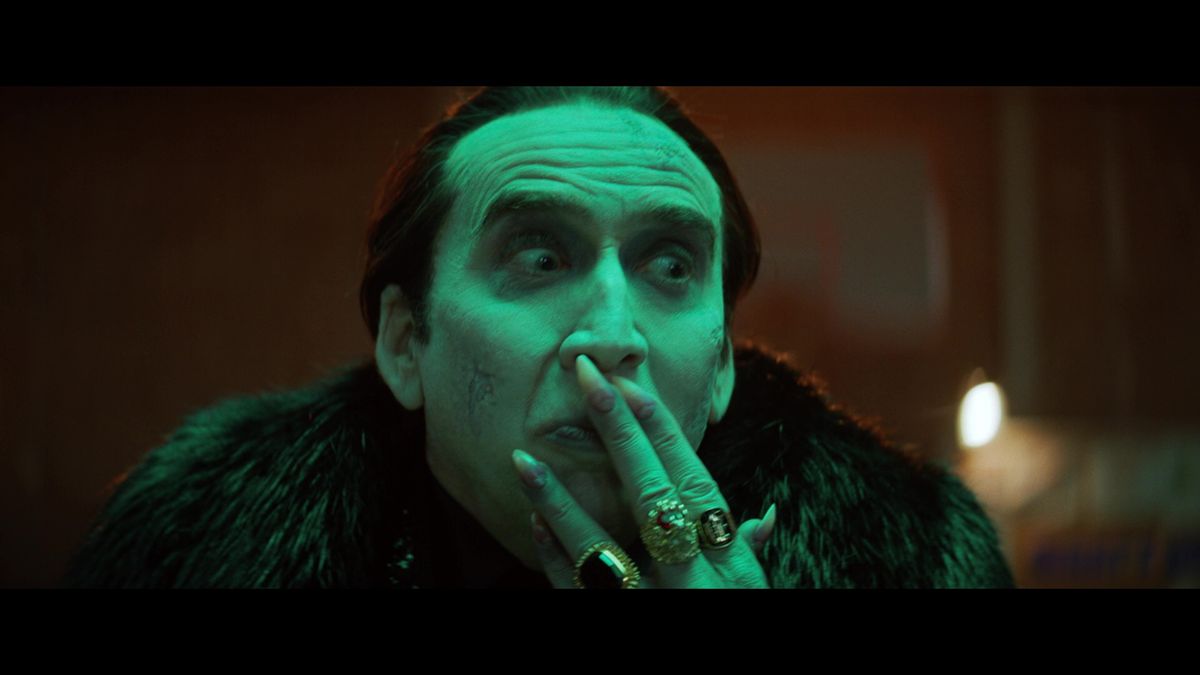
Fun fact: The two sweetest words in the English language are “prog lock”. Prog lock means clarity; prog lock means freedom. Prog lock means never having to say you’re sorry, and that you get to watch a bunch of horror movies you’ve been looking forward to watching for weeks.
Horror movies can be pretty damn sweet themselves, offering us a way to experience shock, suspense and catharsis with no personal risk. And while I’ll always be up for a whole new genre work, I’m just as happy to watch a new chapter of a familiar story – your Draculas, your Evil Deads, your Screams. I like seeing what fresh eyes can bring to the classics, you know?
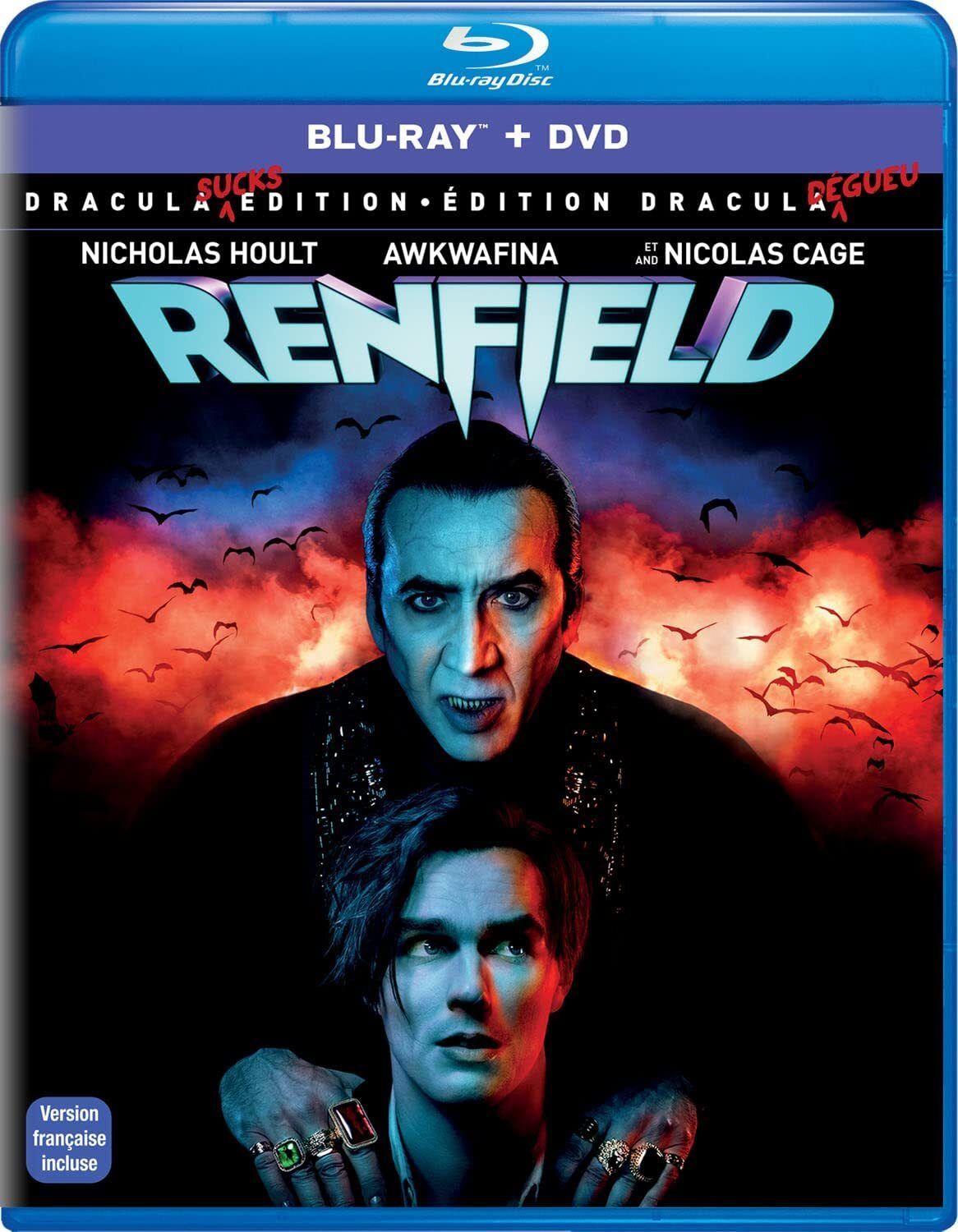
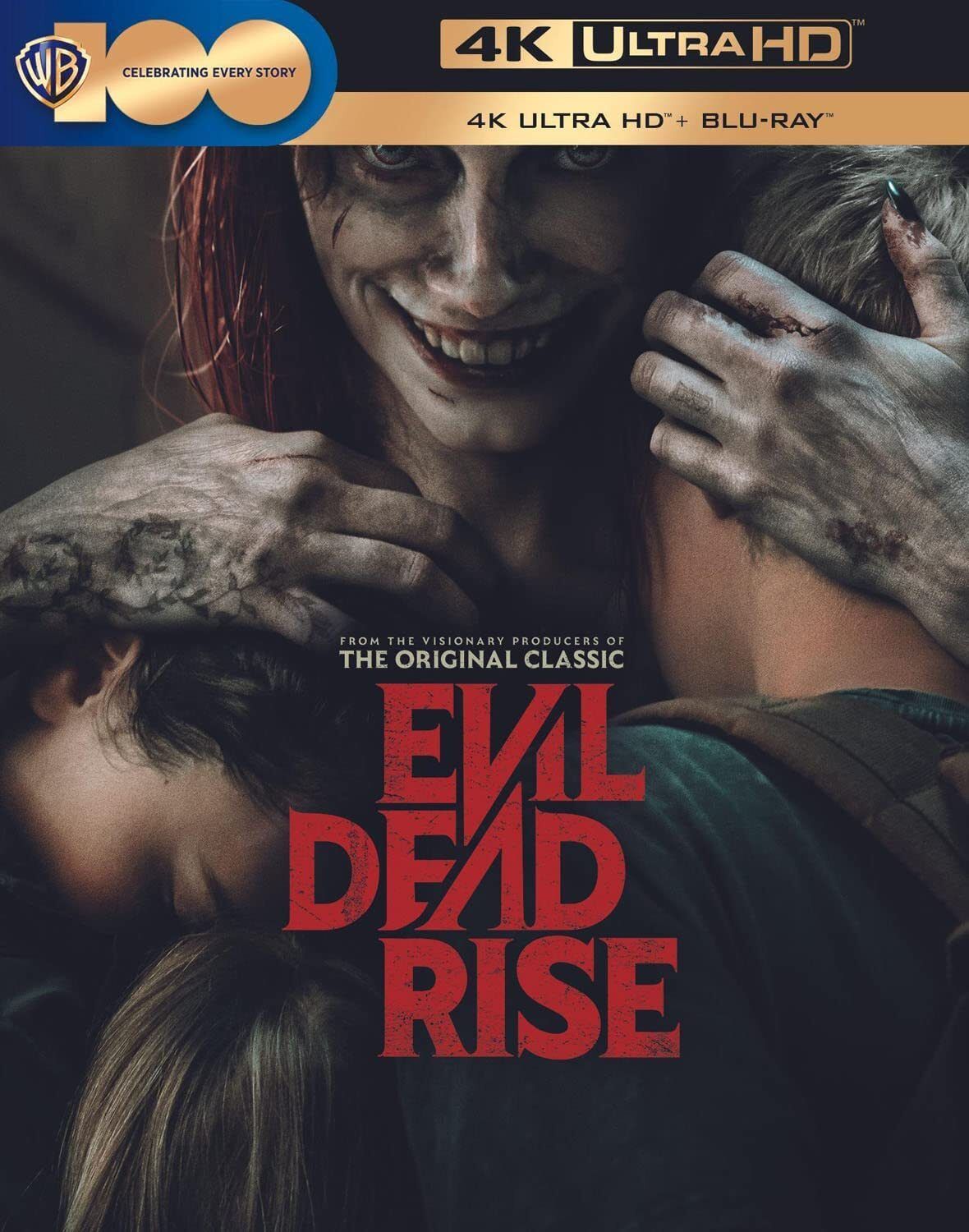
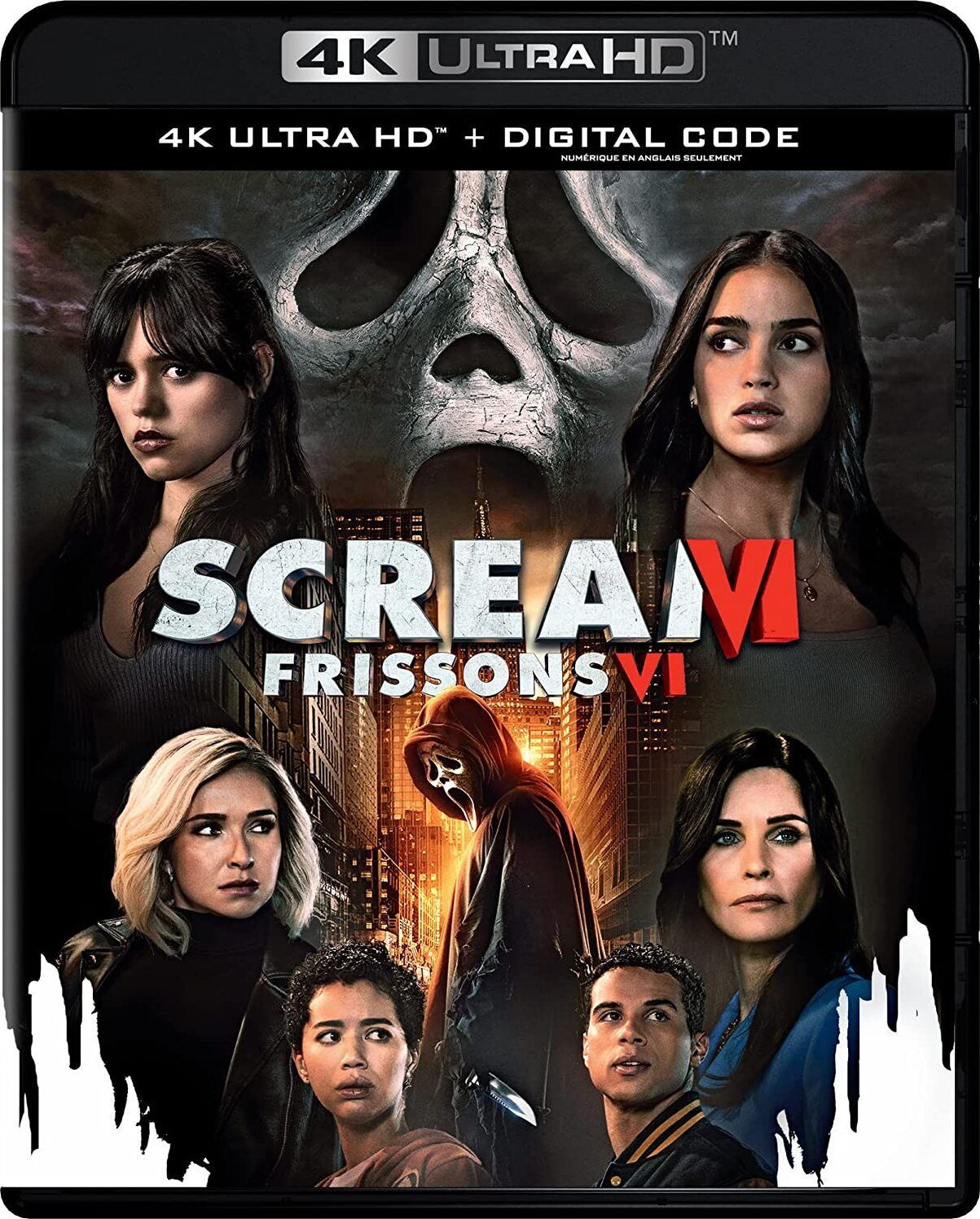
And as it happens, all three of the aforementioned stories are back in play: Renfield and Scream VI came to disc just this past Tuesday, a couple of weeks after Evil Dead Rise hit the shelves. And the Dead disc took a little while to reach me, so I can cover them all in this newsletter. Lucky you!
Let’s start with Renfield, as it’s the broadest of the three – not that there’s anything wrong with that. Written by Ryan Ridley (whose previous credits include episodes of Community and Rick and Morty) from a story by Robert Kirkman, and directed by Chris McKay (The LEGO Ninjago Movie, The Tomorrow War), it’s a comic take on how crappy it would be to be Dracula’s familiar, offering one of the greatest propositions any genre film can offer: Dracula is Nicolas Cage.
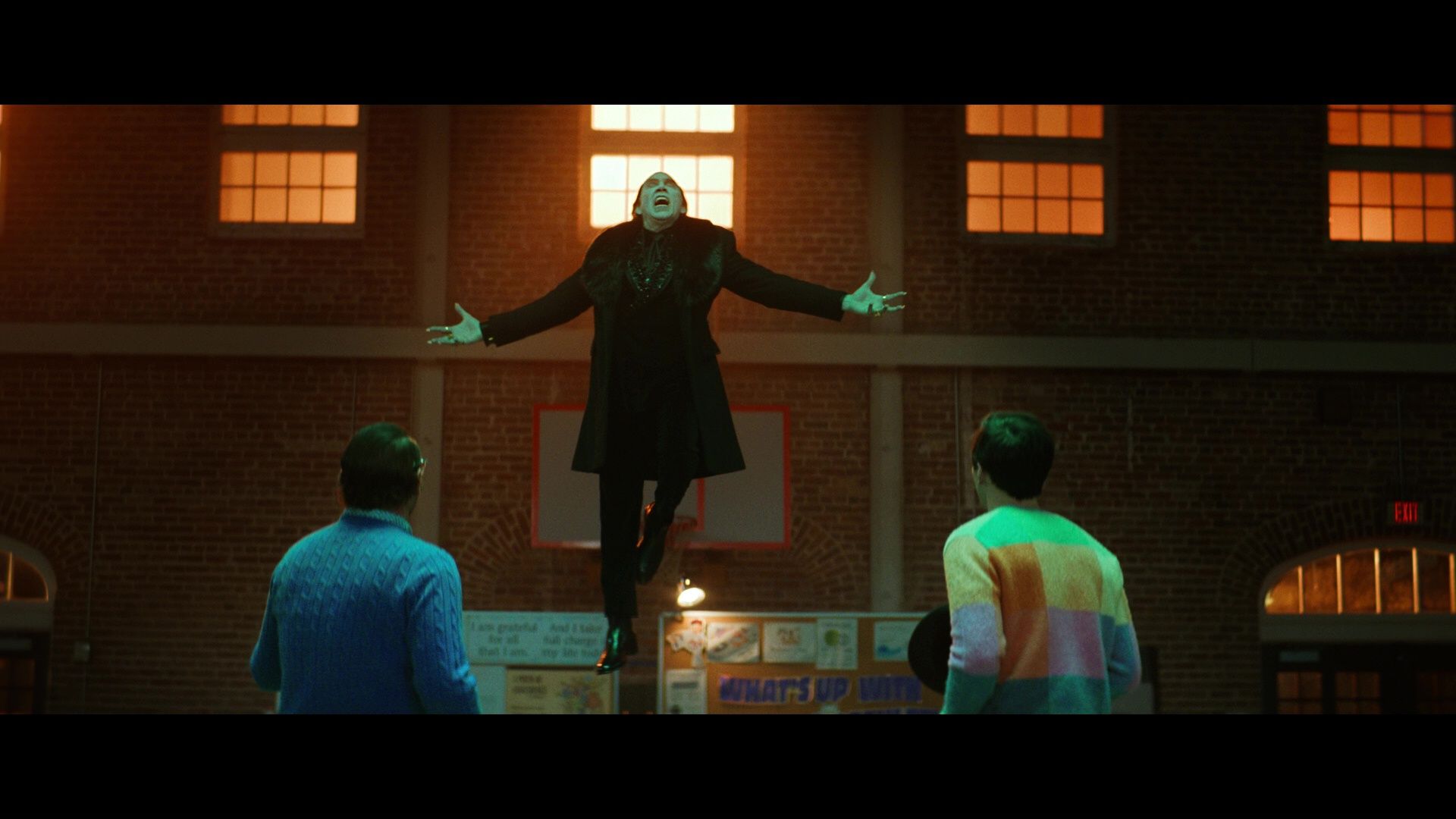
Nicholas Hoult stars as his sad-sack servant, trapped in an endless, toxic power imbalance with the Prince of Darkness. He’s spent a century or so procuring meals for his master, at the cost of his own soul – though the gig does come with a few perks, including perpetual youth and some enhanced abilities. (It turns out eating bugs can be downright restorative.) But after a hundred years, and a couple of sessions at a therapy group for people trapped in bad relationships, Renfield is beginning to wonder whether the whole slave-of-the-damned thing is really for him.
Fortunately, he’s also stumbled into the middle of a New Orleans gang war and accidentally pissed off Teddy Lobo (Ben Schwartz), the loose-cannon scion of a local crime family. And that brings Renfield into contact with cranky cop Rebecca (Awkwafina), who’s been after Teddy since he killed her dad. What can a mildly super-powered guy do to clean up the streets and give Rebecca the closure she deserves? Quite a lot, really. The only problem is that Dracula doesn’t really like it when his servant runs other people’s errands.
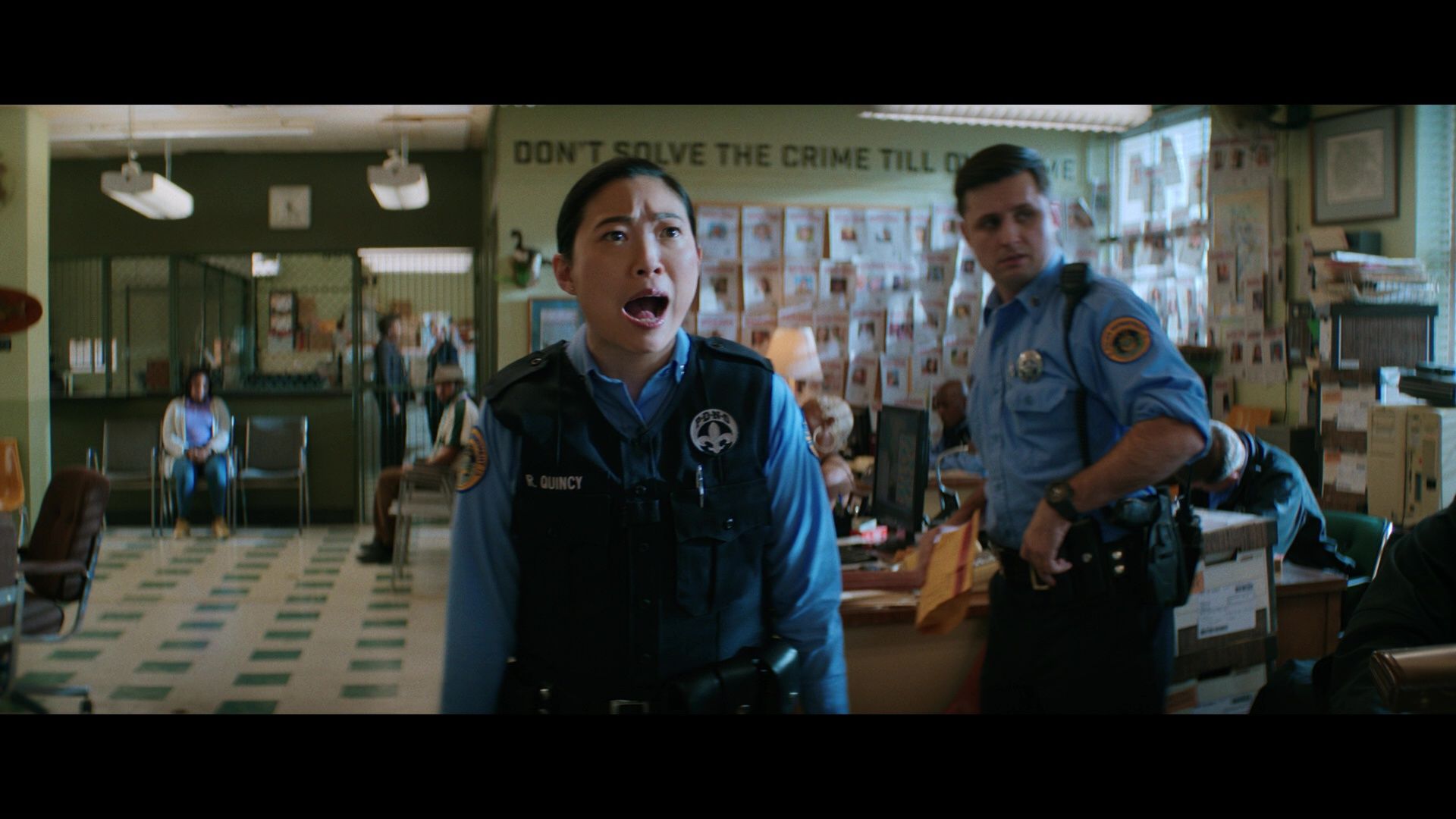
Honestly, if all Renfield did was set up a series of Nicolas Cage having hissy fits in full Dracula makeup, it’d be pretty satisfying. But Cage is too sharp an actor to phone this one in; his Dracula is a fully considered performance, a synthesis of previous actors’ interpretations filtered through his own specific energy. Cage’s Dracula contains multitudes – the theatrical formality of Bela Lugosi, the animalistic poise of Christopher Lee, the self-mocking grace of Frank Langella, the gravitas of Gary Oldman, and the operatic mood swings of Nicolas goddamn Cage, who has been watching Dracula movies his entire life and wants to show us everything he loves about them. The movie had me from the opening flashback to Renfield’s first meeting with the Count, stitching Cage and Hoult into footage from Tod Browning’s Dracula; you can tell exactly how much fun Cage is having just smiling around his dental prosthetics.
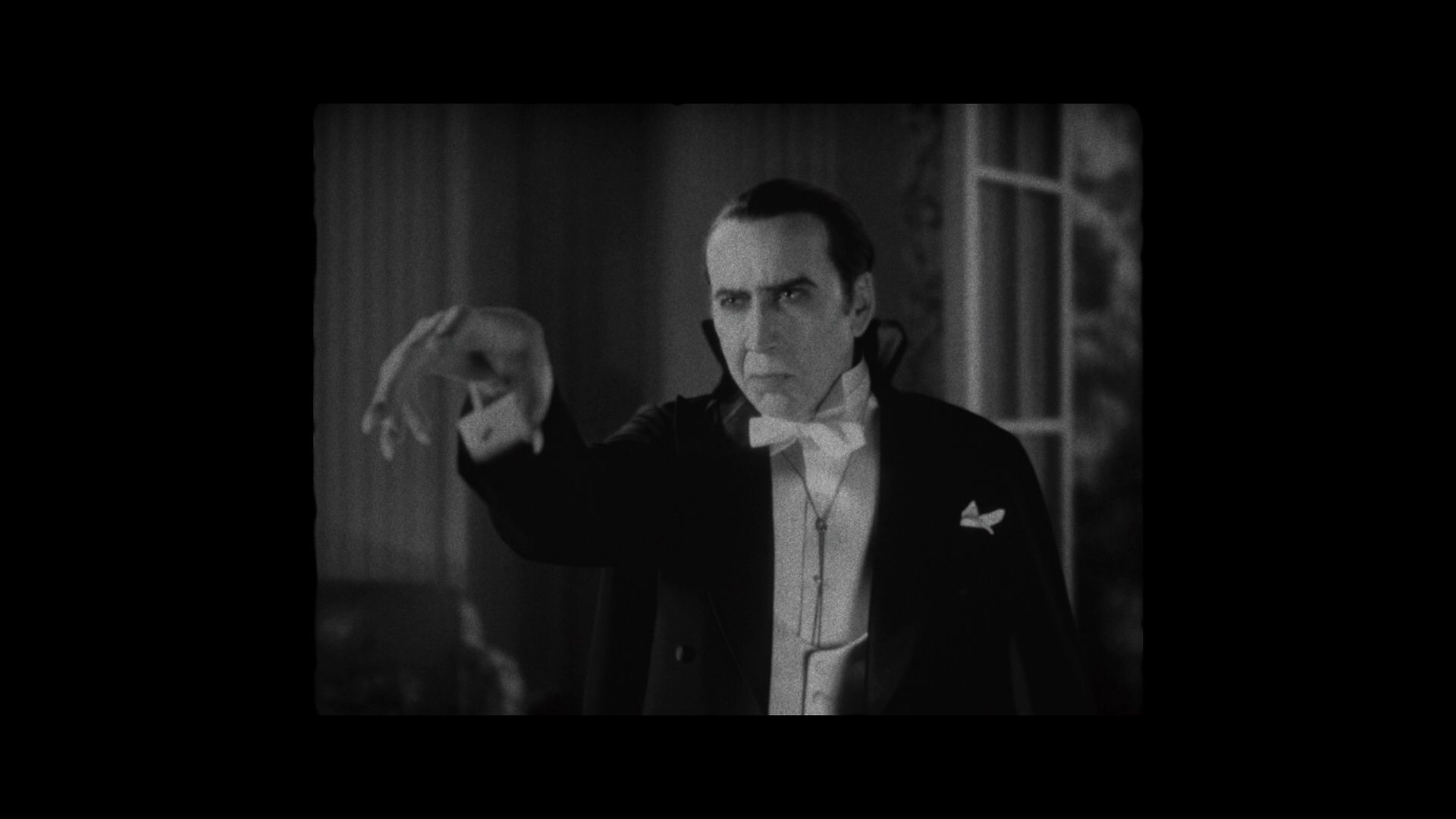
From there it’s just a series of yes-ands, as the cast throws itself collectively into the mounting silliness of Renfield taking the Lobo crime family apart one henchman at a time and confounding Rebecca with his attempts at behaving like someone who hasn’t spent decades in the thrall of an undead ghoul. Hoult really doesn’t get enough credit for his ability to balance charm and creepiness – you’ve seen Warm Bodies, right? – and he’s able to play the situation straight and let the comedy emerge around him.
Cage, on the other hand? He goes for it, pure and simple. As the preening, pissy Lord of Death, Cage eats the scenery, he eats the props, he eats a couple of the actors. But he doesn’t just use Dracula as an excuse to go over the top; he understands Dracula himself is doing that, trading on his reputation and his presence to terrify humans into compliance. He was an aristocrat before he was undead, after all, and the thing he hates most is being disrespected by commoners.
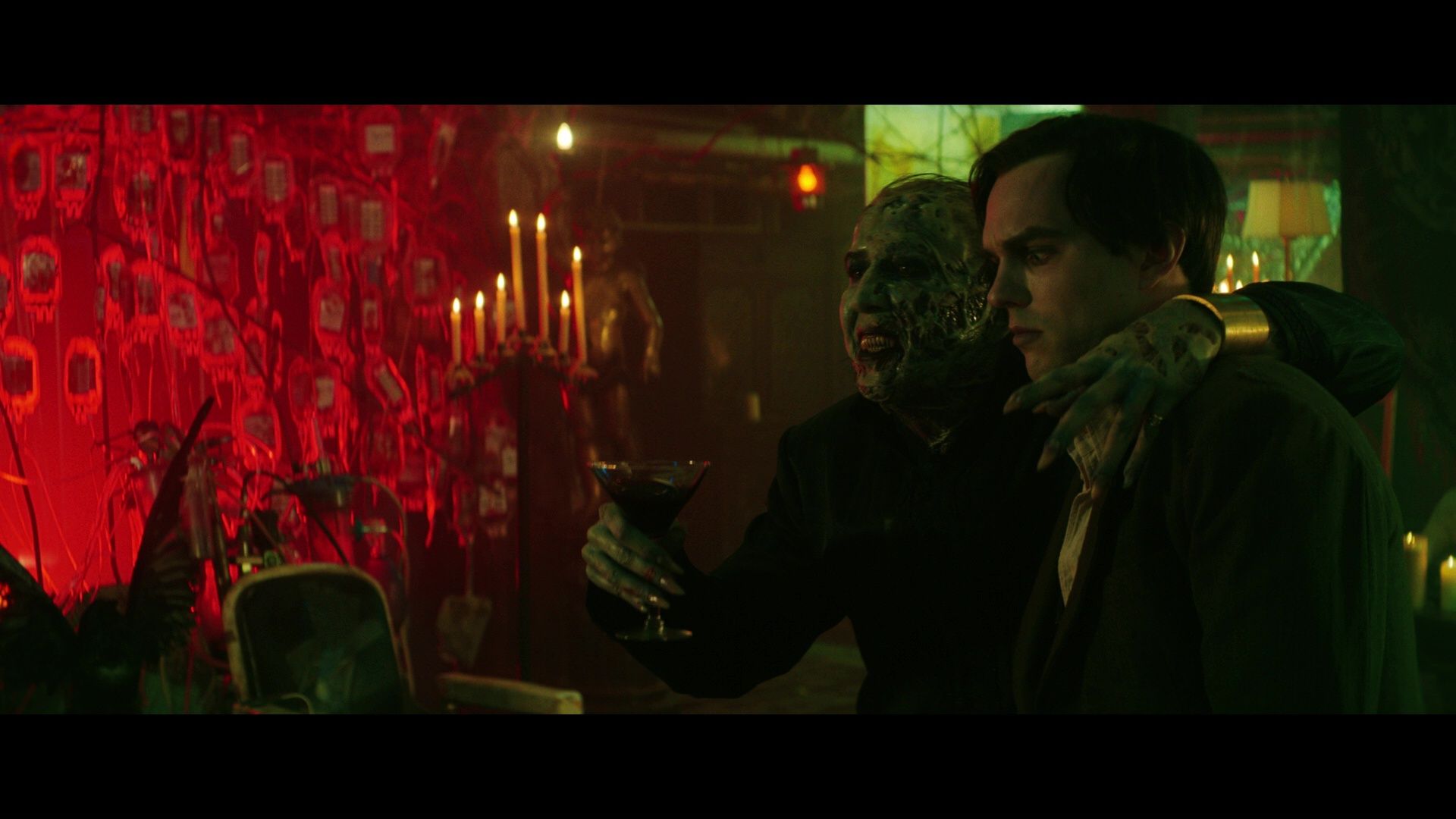
Well, that and sunlight, I guess.
Elsewhere on the shelf, Evil Dead Rise and Scream VI are having a slightly tougher time of it. You can do whatever you like with Dracula; at this point he’s more of a conceptual jumping-off point than a well-established personality. With actual franchises, both the mythology and the tone are more or less set in stone; an Evil Dead movie will feature geysers of blood and at least one good old-fashioned act of bodily dismemberment, and a Scream movie will be in constant conversation with its genre of choice, its own franchise and any other cultural nugget that happens by.
Both Evil Dead Rise and Scream VI try to switch it up a little, at least, moving from a cabin in the woods and sleepy Woodsboro to major metropolitan areas; most of Evil Dead Rise takes place in a condemned apartment building, where the horrors of the Necronomicon are unleashed on a pair of sisters and the kids in their care, and of course Ghostface takes Manhattan in Scream VI, with Sam and Tara Carpenter now at university and implicated in a fresh wave of murders.

Rise offers an entirely new cast of characters, while Scream VI has to juggle the stars of the last one, the stars of the first ones and some new faces who seem kinda shifty. It’s a lot, but every Scream movie is a lot; they all push up against the two-hour mark, with extended climaxes required for the killer or killers to explain their motivations thoroughly before they can be dispatched. At least this movie acknowledges the essential futility of being a Ghostface, with someone pointing out the killers never actually accomplish their objective.
It's a problem in-universe, but outside of the movie that’s more of a feature than a bug; no one goes to a Scream sequel hoping the regulars will die. (That’s why Dewey’s death last time actually matters.) Kevin Williamson re-energized the slasher movie in 1996 by turning it into a blood-drenched whodunit, and the franchise has been paying for that bit of brilliance ever since because all of the surviving characters become detectives in the next one, rather than suspects.

In fairness, Scream VI does come up with a decent identity for the new Ghostface, and if their motive is lifted from a previous film that’s also cool; if there’s one franchise that can turn repetition into a riff, it’s this one. Radio Silence’s Matt Bettinelli-Olpin and Tyler Gillett earned a lot of goodwill with last year’s revitalization of the property, and they use every last bit of it here; I enjoyed Scream VI just fine, and I am also hoping it’s the last one.
For all of its insistence that all bets are off and the rules no longer apply, Scream VI closes the loop. Melissa Barrera’s Sam fulfills her destiny and gets the ending she deserves, and while there are some fun set pieces along the way – and The Other Two’s Josh Segarra adds another great performance to his list of weirdly enthusiastic boyfriends – there’s also the sense that everything that can be rehashed has been rehashed, right down to the costumes and the props. It’s woven into the story, but it also feels like a confession. Let the past die; kill it if you have to. No wait, that’s another franchise.
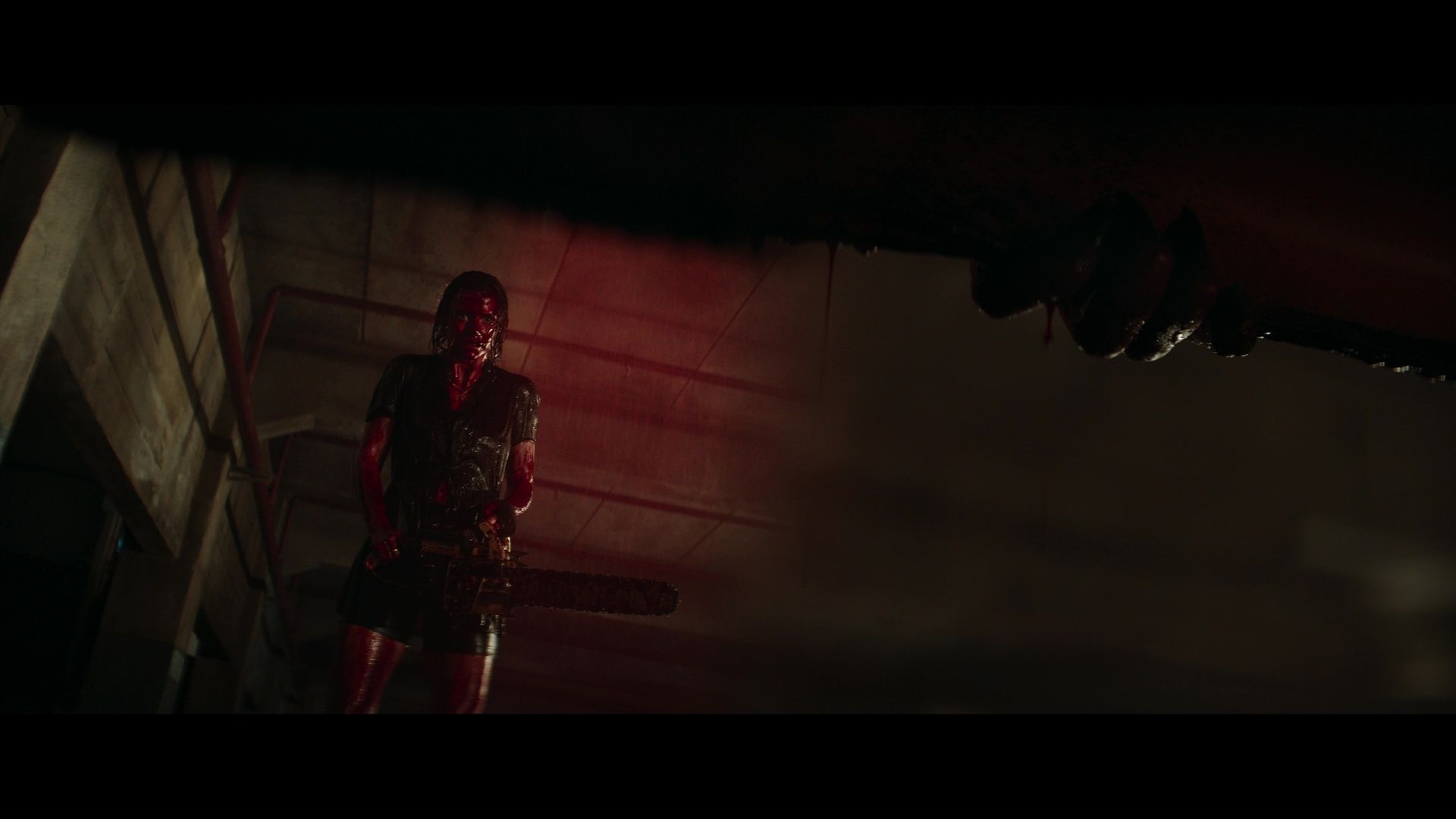
“Kill it if you have to” is also the epigram of the Evil Dead series, of course, and guess what? You always have to. A decade after Fede Alvarez’ splatterific reboot, which reshuffled the roles but stuck to the basics of Sam Raimi’s seminal video nasty, Lee Cronin’s new chapter tells an entirely new story, focusing on two estranged sisters, guitar tech Beth (Lily Sullivan) and single mom Ellie (Alyssa Sutherland), whose uneasy reunion is derailed when Ellie’s kids discover a Necronomicon buried underneath their apartment building – leading to the possession of Ellie and a whole lot of violence.
That’s the whole movie, really; Evil Dead Rise has no greater purpose, and no other interests, beyond a confined survival story playing out almost entirely in a single location with a handful of decently defined characters. Ellie has neighbors, but they’re just waiting to be collateral damage; the whole movie is shouldered by Sullivan’s increasingly desperate hero, who’s faced with the horror of fighting demonic children in addition to her marauding sister. Cronin follows Alvarez’ lead in returning to the merciless, nightmarish tone of the original film rather than nodding towards the comic beats of Evil Dead II and Army of Darkness; his movie is here to unleash Deadites and chew bubblegum, and … well, you know the rest.
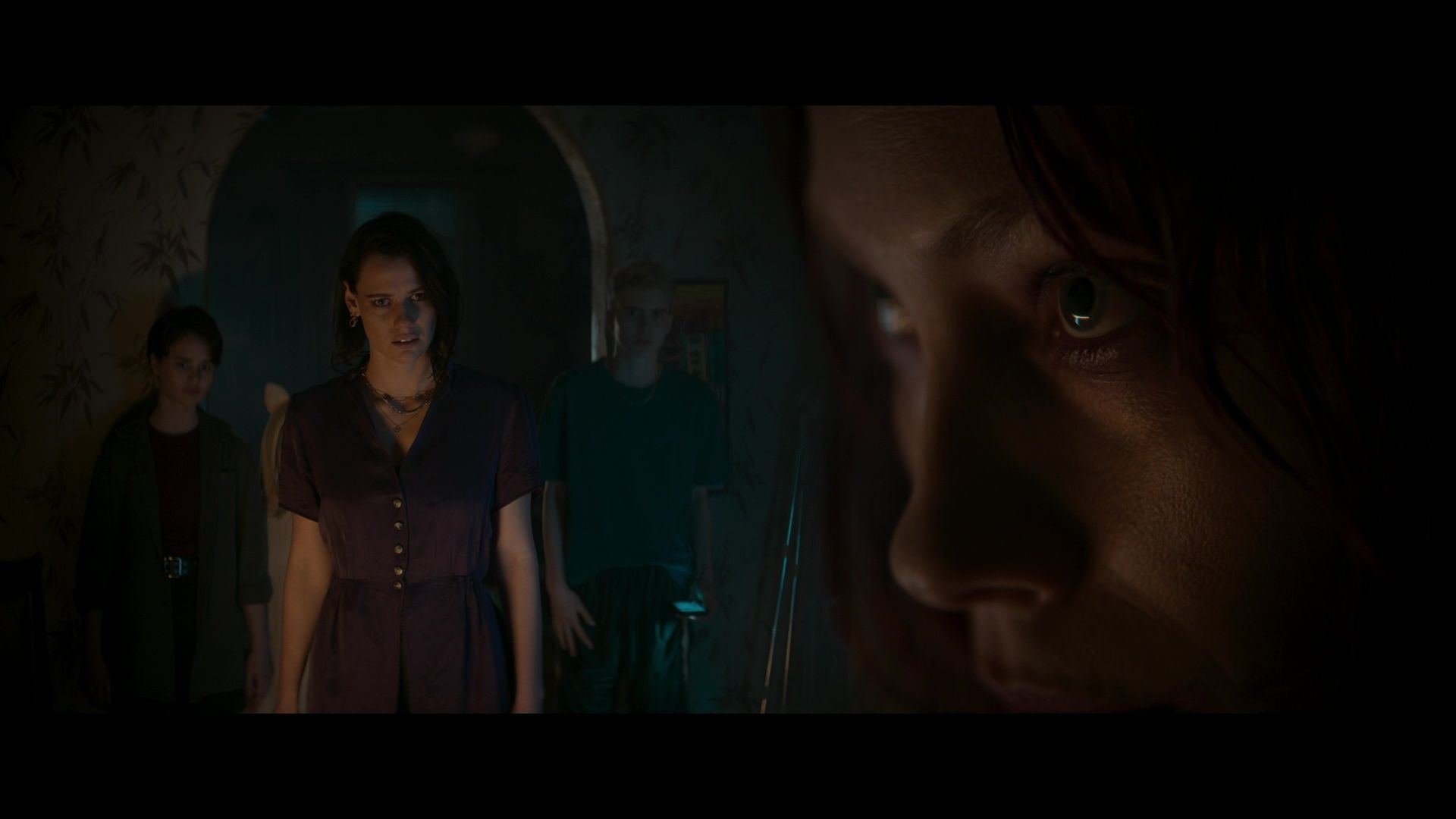
Evil Dead Rise was produced as an HBO Max original before getting shifted into Warner’s theatrical stream, which may explain why there are absolutely no supplements on its physical release. But the absence of extras means Warner can devote all the available space to the feature, which is one of the darkest movies I’ve seen in years and would have looked like absolute hell compressed for streaming. In UHD, it thrives, using the higher bitrate and wider dynamic range to hide terrible things in rich, dark shadows.
The screen caps you’re seeing are pulled from the companion Blu-ray (which is also featureless), but even so. This is a picture that demands to be watched in the dark, the Atmos cranked up just high enough to make you worry about what’s slithering around in the corners.
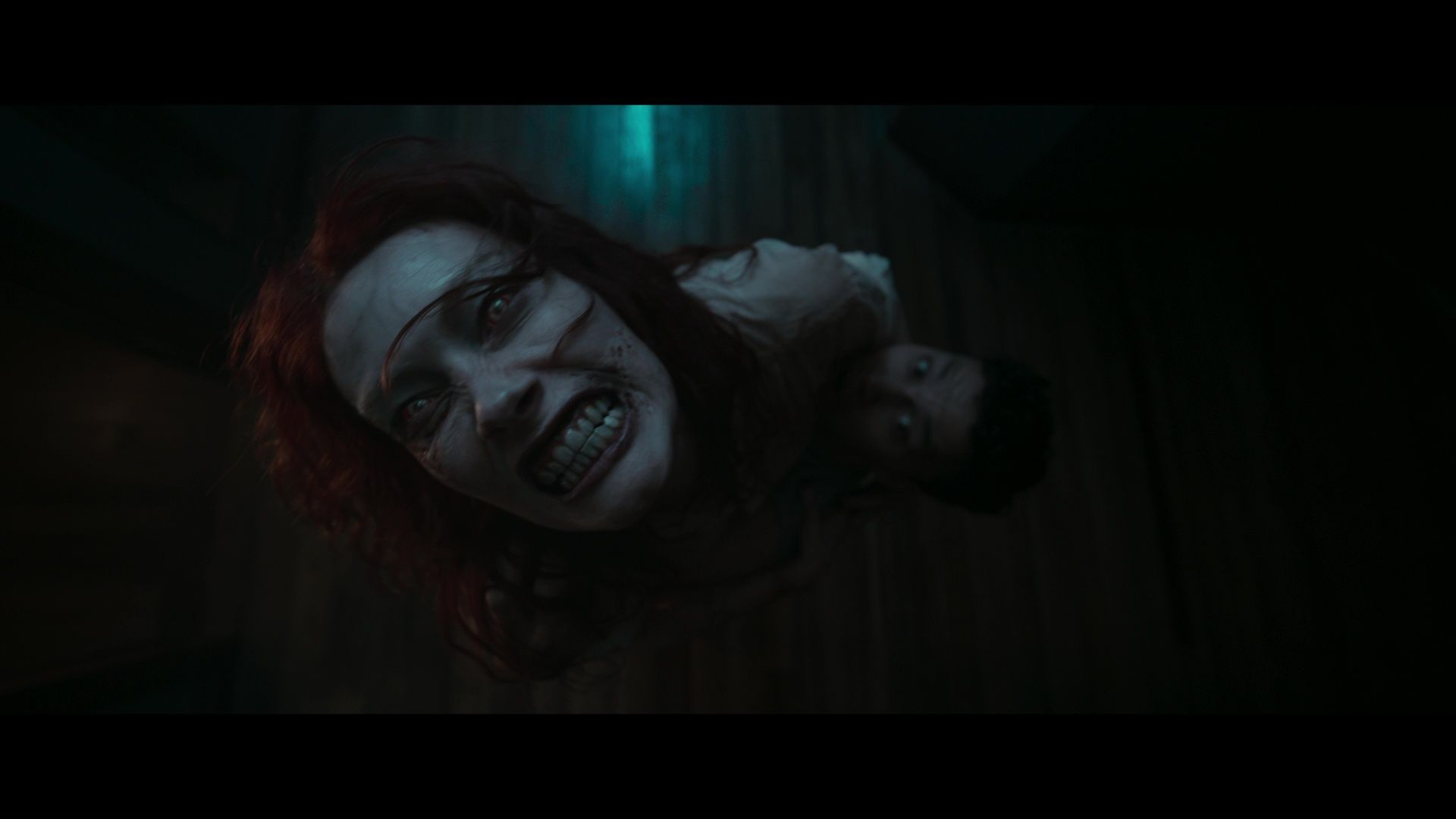
Scream VI looks great in 4K as well, with returning DP Brett Jutkiewicz tweaking the series’ shadowy anamorphic aesthetic for an urban palette, with concrete and streetlamps contributing to a cluttered frame and offering new spaces for masked maniacs to hide. The prologue with Samara Weaving – who starred in Radio Silence’s delightful Ready or Not, of course – looks markedly different from anything else in the series, almost startlingly so, before settling back into a more familiar vibe of apartments and institutional offices, with the cavernous spaces of an abandoned Manhattan movie palace serving as the location for the third act. (It’s a set, of course; that sort of space only exists in the movies. And they shot most of Scream VI in Montreal, anyway.)
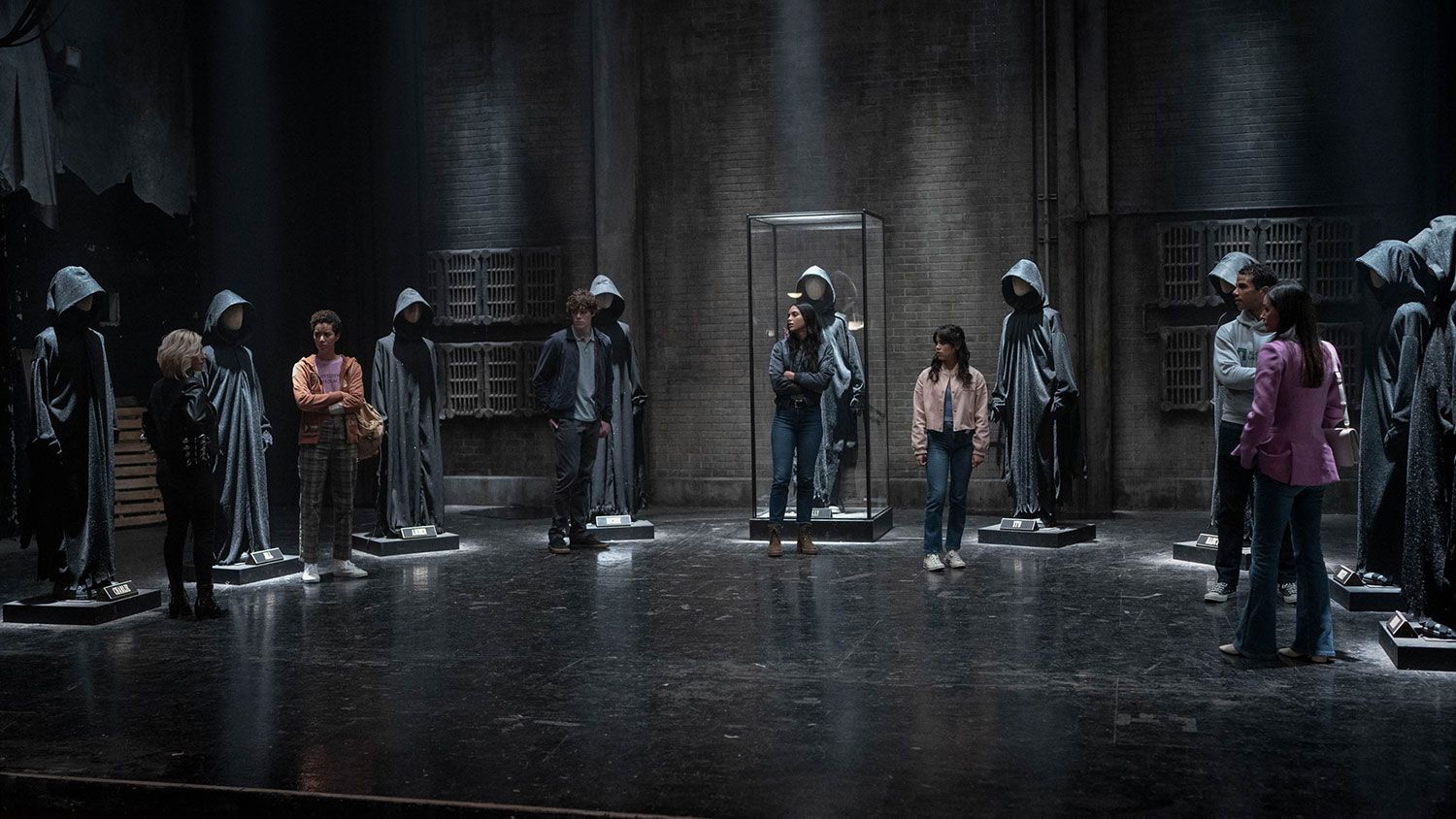
Extras are dense but somewhat rote – which I guess is what one can expect from the sixth movie in a long-running franchise, and one that’s essentially the victory lap after a successful reboot. Everyone’s delighted to be back together, there’s so much more to do in an urban setting, New York is practically a character in the film, and so on. Bettinelli-Olpin and Gillett and their Radio Silence producer partner Chad Villella are joined by screenwriters James Vanderbilt and Guy Busick for an enthusiastic and pretty practical commentary track, and seven featurettes offer about an hour of behind-the-scenes promo about the cast, the set pieces, the stunts, and so on.
“More Meta Than Meta” looks at the legacy of the Scream franchise and the challenges of making any successful series feel fresh in each new chapter, comes closest to acknowledging how hard it must be to keep this thing going; I also admired “Bloodbath at the Bodega”, which celebrates the first time a Ghostface uses a firearm rather than a knife – without acknowledging that a gun-toting Ghostface would destroy the series’ defining concept of sadistic, intimate stalk-and-kill suspense. Gotta give the people what they need, not what they want.
(Paramount is making the 4K edition of Scream VI available on its own, or in a bundle with the UHD of Scream 2022, if you haven’t picked that one up yet. It’s a great disc in its own right.)
Universal doesn’t offer a 4K option for Renfield, but the 1080p transfer is still very good, showcasing Chris Craine’s subtle and not-so-subtle art direction – Dracula’s lair in an abandoned hospital, with the convalescing vampire hooked to a throne of blood bags, is one for the ages – and bringing out the fine, weird character details in the costuming, like Renfield’s embrace of Old Navy outfits and Teddy’s posturing tattoo choices.
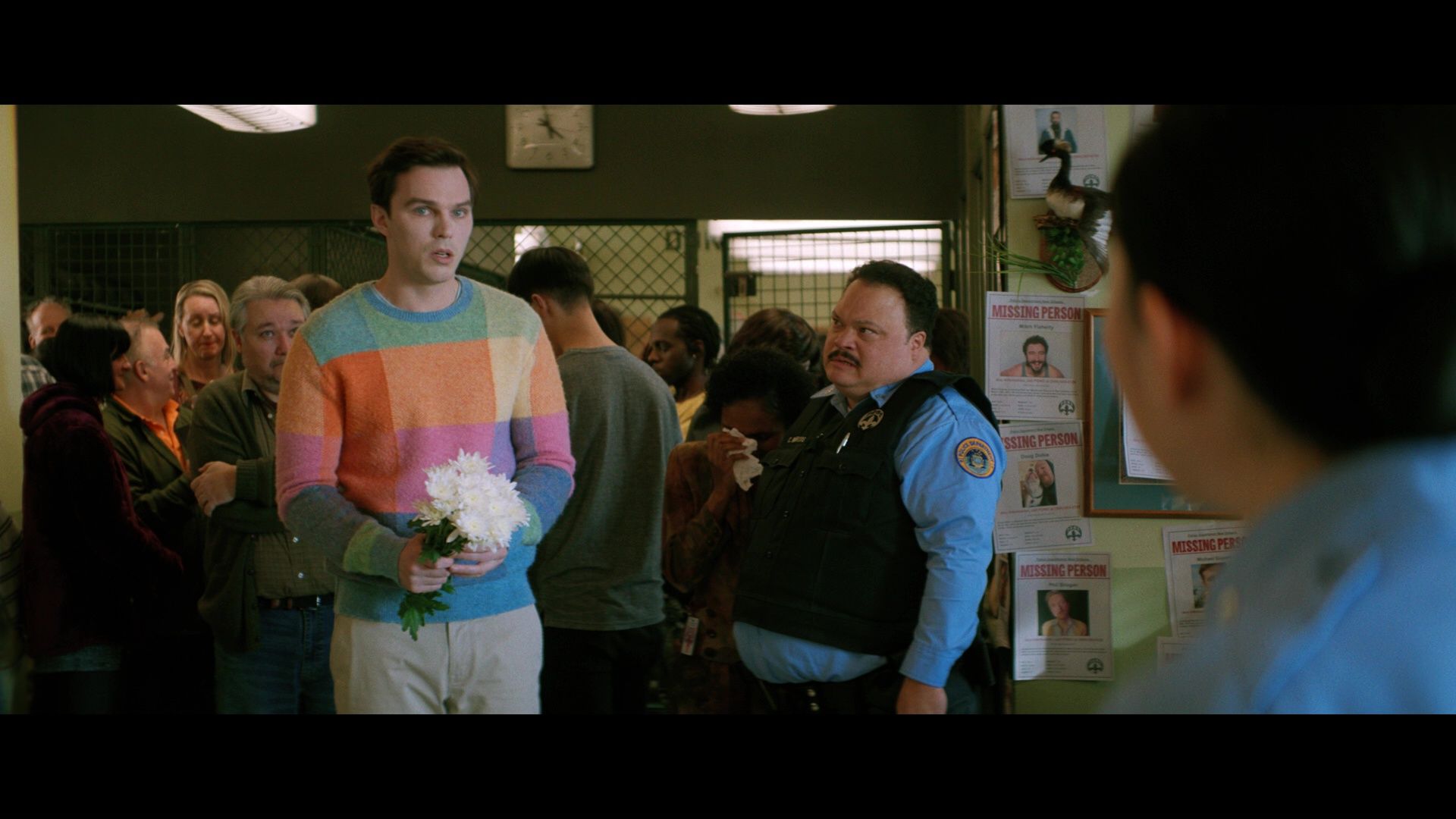
Renfield also offers extras aplenty, including a look at a deleted dance sequence that seems like it was a lot of fun to make but would have arrived too soon in the film to really work. (It’s included in the deleted scenes, though you have to imagine the pop song that would have played under it; I’m guessing it was “Walking on Sunshine”.) The most invaluable extra is a five-minute featurette with Cage discussing his Dracula performance – breaking down the influences, thinking about the physicality and the accent, aware that audiences will perceive this as a stunt but refusing to treat it as one himself, because he knows this is his one shot to play a character he’s loved his entire life. It’s more revealing than an episode of Inside the Actor’s Studio, honestly.
There’s also a crew commentary featuring eight members of the production team – screenwriter Ridley, producer Samantha Nisenboim, makeup effects artist Christien Tinsley, digital colorist David Cole, post-production editor Noah Cody, VFX supervisor Jamie Price and sound editors John Marquis and Nancy Nugent – that offers a nifty examination of the production from both creative and technical angles, though director McKay is conspicuously absent; he’s also barely acknowledged in the featurettes, which is odd and a little off-putting for a movie with this much of a supplemental package. McKay did plenty of promotional appearances during the film’s release this spring, so it doesn’t seem like there was a lot of behind-the-scenes drama; maybe he was just too busy to sit for the EPK sessions.
So there you go! I emerge from the other end of this newsletter drenched in blood and very happy with the world I behold; the next month or so looks to be a little less demanding for me, if you can believe that, and I’m hoping to get this newsletter back to twice-weekly publishing schedule because there’s still a lot of great stuff to write about.
What’s your take, by the way? Have you been satisfied with the current rollout of a giant missive every week – or every other week, if you aren’t on the paid tier? Is this working for you? Too much genre? Not enough? Leave a comment or e-mail me at normwilner@gmail.com; you’ll talk, I’ll listen, it'll be a whole thing. I’m looking for ways to make this as enjoyable for the readership as possible, but the long, spiraling missives do seem inevitable: I have so much to say about Imprint’s luxurious new edition of The Bounty, it’s gotta go somewhere.
Renfield, Scream VI and Evil Dead Rise are now available on disc from Universal Studios Home Entertainment, Paramount Home Entertainment and Warner Home Entertainment, respectively.
And in the next paid edition: The Bounty is but one of half a dozen Imprint discs I’ve been waiting to write about. You’ll see. Unless you’re not on the paid tier, in which case, well, you should be. There’s a free trial! Come on!
